Episodes 1 and 2 of Dance Dance Danseur are now available to watch. Even prior to its premiere, Dance Dance Danseur seemed like an anime that would fly under the radar. Amid the buzz of highly anticipated new series like Spy x Family and popular sequels like Kaguya-sama: Love is War – Ultra Romantic, it’s no surprise that the adaptation of George Asakura’s underrated ballet manga debuted to little enthusiasm.
But despite its tough competition, Dance Dance Danseur ended up being one of the most impressive premieres of this anime season for me. Its well-rounded, appropriately paced and visually enticing first episode had me instantly hooked. Primed to be a series that explores not only its protagonist’s efforts to excel at ballet but also the social expectations that impact him, Dance Dance Danseur is a hidden gem that deserves more acclaim.
Episode 1 – A dancer is born
Junpei is happily snoozing his way through his sister’s ballet concert when a male dancer steps onto the stage. Muscular and donning a large tattoo on his ribs, the dancer is a far cry from the petite, tulle-clad girls from Junpei’s sister’s performance, and Junpei is immediately captivated by the man’s strong and powerful stage presence. Young Junpei realizes for the first time that ballet isn’t just for girls.
After his father makes an offhanded comment about ballet not being manly and some boys at school tease him, Junpei becomes aware of the social stigma surrounding men’s ballet. Despite this, he still seems determined to pursue dancing. But when his father suddenly dies and he’s told he’s now the man of the family, the words which he previously shrugged off begin to weigh heavily on him. Junpei starts to fixate on his own masculinity, cutting his long hair and taking up martial arts in an effort to become more traditionally masculine. Episode 1 of Dance Dance Danseur does a great job of introducing these social issues in a way that doesn’t feel too heavy-handed or dramatic.
An intriguing proposal
Having given up his dreams of ballet in favor of the manlier Jeet Kune Do (a type of martial arts), it takes an invitation from his pretty female classmate Miyako for him to consider taking up the art form again. Miyako’s mother owns and teaches at a ballet studio, and when Miyako sees Junpei’s untapped natural talent, she’s compelled to introduce the two. She asserts that Junpei would be the perfect counterpart for a pas de deux dance in an upcoming festival.
Coming into any sport or art form with little experience is a difficult feat, but ballet in particular involves rigorous training in order to build up the strength, discipline and flexibility required to obtain perfect technique. Ballerinas often start dancing as young as 3 or 4. As a boy of 13, Junpei has a lot of work to catch up on if he wants to be performance-ready. But it’s also true that dancing is about more than perfect technique; that a dance is made all the more enthralling when it’s performed with undeniable passion. Although she’s critical of his technical skills, it’s clear that Miyako’s mother is touched by Junpei’s palpable love for ballet.
Episode 2 – A talented rival
What would an anime about pursuing a sport or art form be without a skilled rival to help shake things up? Episode 2 of Dance Dance Danseur introduces Luou – Miyako’s mysterious, icy cousin. In contrast to Junpei’s rambunctious nature, Luou is intensely serious. Upon meeting Junpei he proclaims that he’s not fit to play the prince in their Swan Lake performance at the festival, and that he should be given the role.
Having developed romantic feelings for Miyako, Junpei is crestfallen to find out that the reason why she invited him to the dance studio was because she thought Luou needed a friend to get him out of his creative slump. This is where the episode takes an unwelcome turn. Miyako talks about Luou like a concerned girlfriend, prompting Junpei to ask if she likes him. Though she’s quick to dismiss him, the way she freezes up and blushes seems to imply romantic feelings. An incestuous romance would certainly sour this otherwise great anime, so I’m sincerely hoping the series doesn’t explore this route.
A visually appealing series
Dance Dance Danseur‘s art style and character design might be jarring for some. Bearing similarities to Welcome to the Ballroom, characters have unnaturally big eyes and long necks. Personally, I think the art style works for a story about ballet, which focuses a lot on having perfect posture. But regardless of its potentially divisive aesthetic, one of the things that has made Dance Dance Danseur a standout series thus far is its direction and animation. In episode 1, the male dancer’s solo performance that inspires Junpei is elevated by its use of lighting and fluid animation that beautifully capture a ballet dancer’s movements. Having the camera move as it follows the dancer’s hand movements is a nice touch, that highlights the minute details that are so important in ballet. The visual symbolism of the sparkles that appear on stage, representing both Junpei’s awakened passion and the dancer’s lively and graceful movements, was also fantastic. The scene feels like a significant moment for the series’ protagonist and viewers alike.
Another scene which stood out to me came at the end of episode 2 when, feeling frustrated by all the different obligations he has, Junpei breaks into dance on his way home at night. With the streetlamps acting as a spotlight as he jumps into the air, the scene highlights the beauty of dance. Moments like these made episodes 1 and 2 of Dance Dance Danseur feel so much more impactful for me. I look forward to seeing how the series progresses.
If you enjoyed this week’s episode of Dance Dance Danseur, don’t forget to vote for it in our Anime of the Week poll. Episode 3 will air on Crunchyroll on April 22.
All images via Crunchyroll.
© George Asakura, Shogakukan / Dance Dance Danseur Production Committee
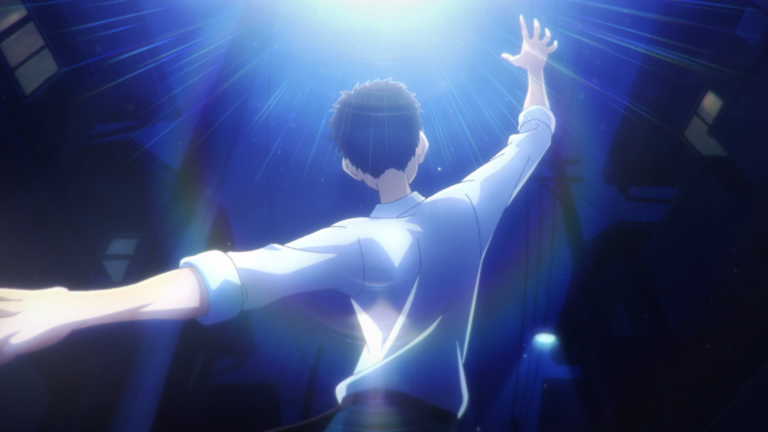
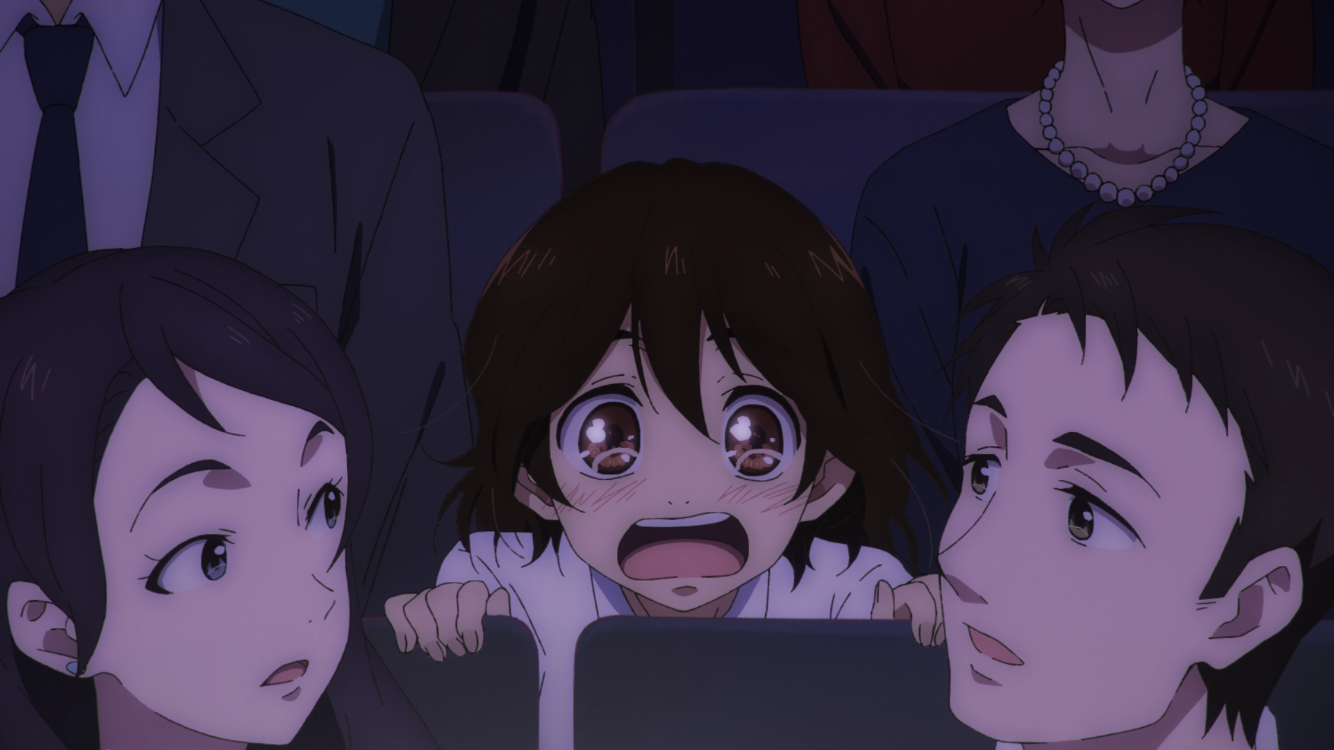
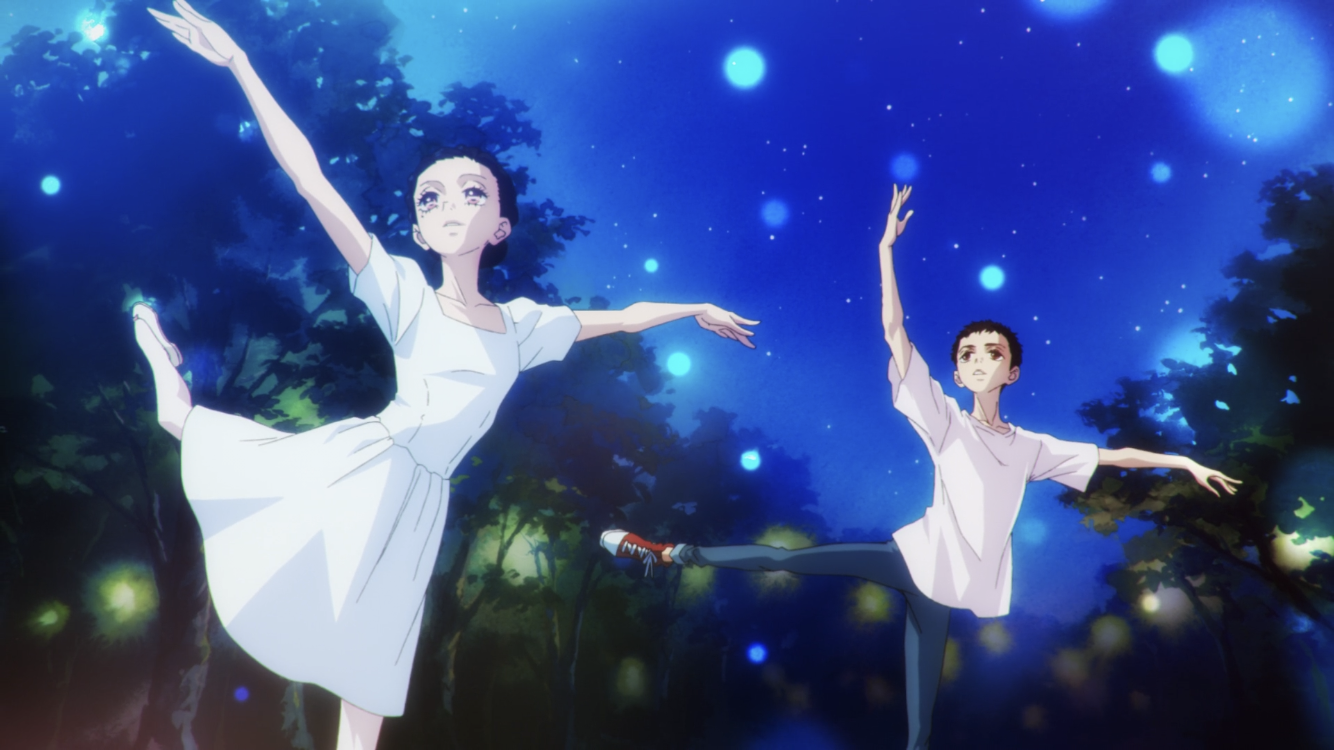
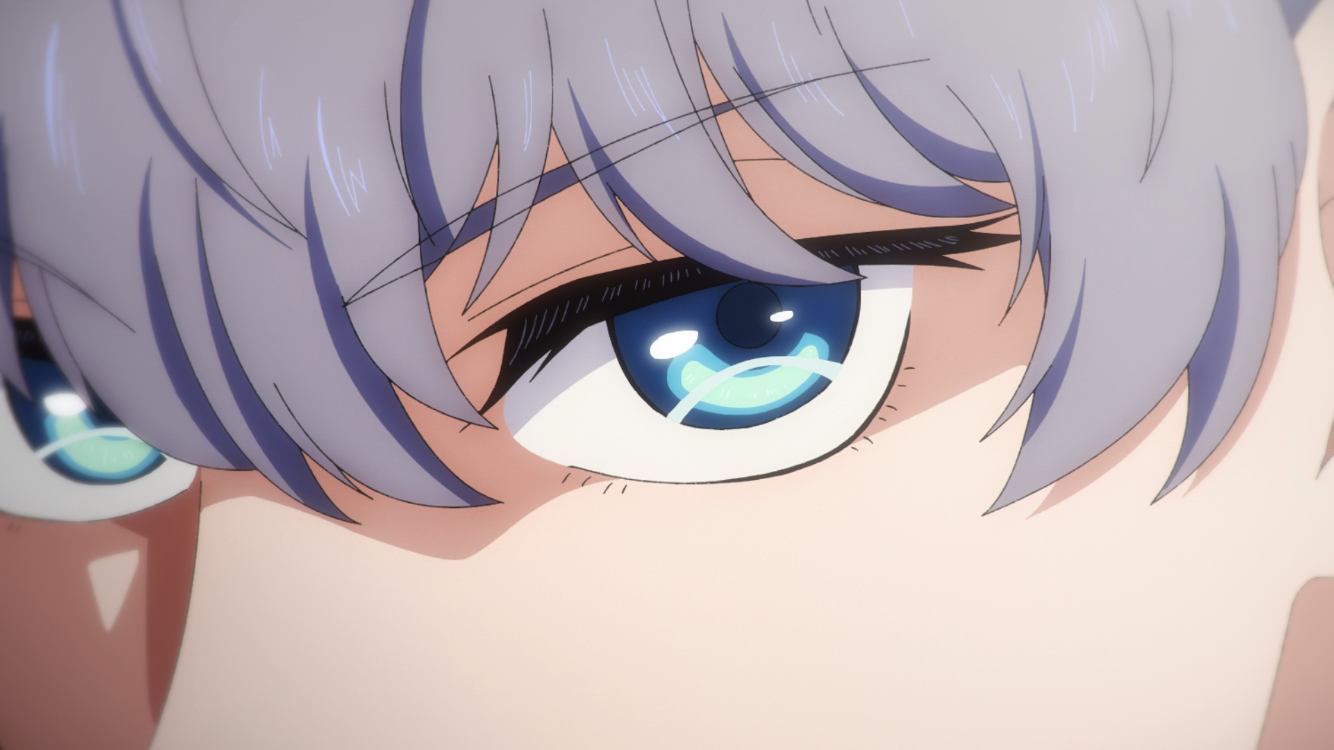
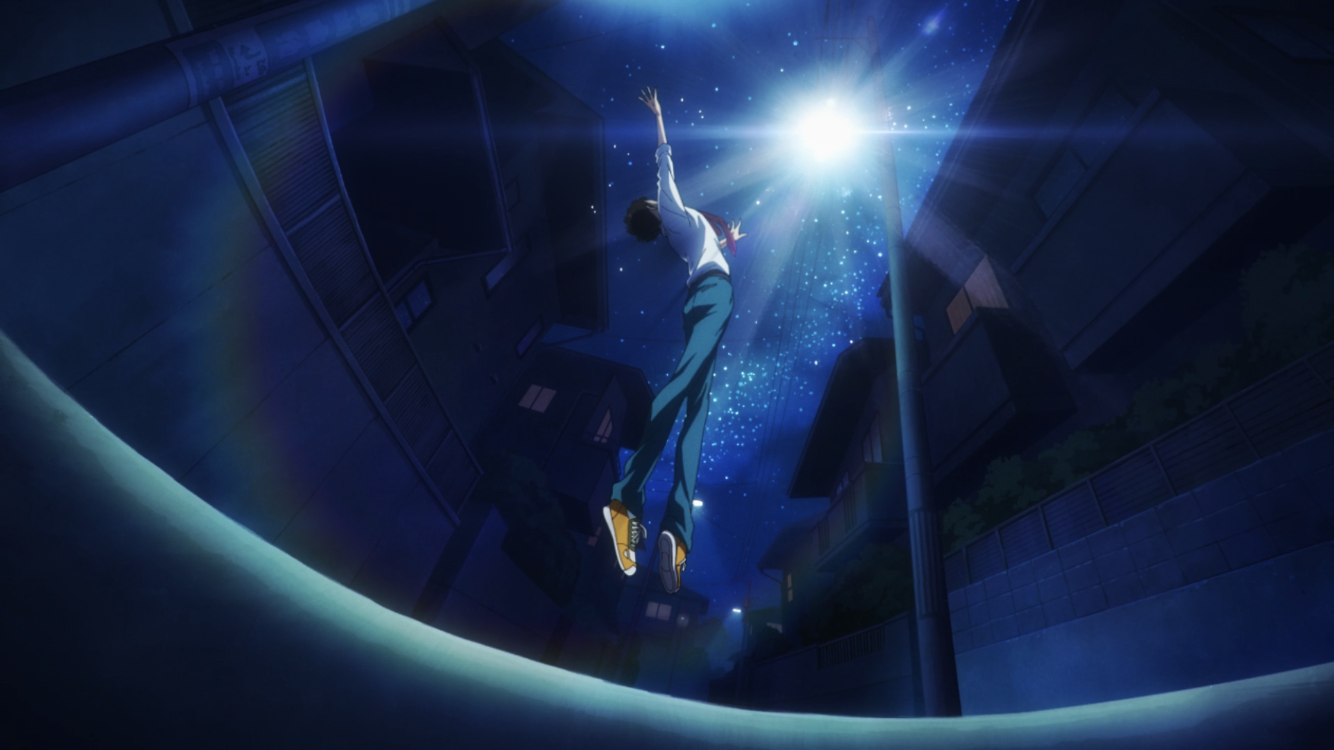
Participate In Discussions